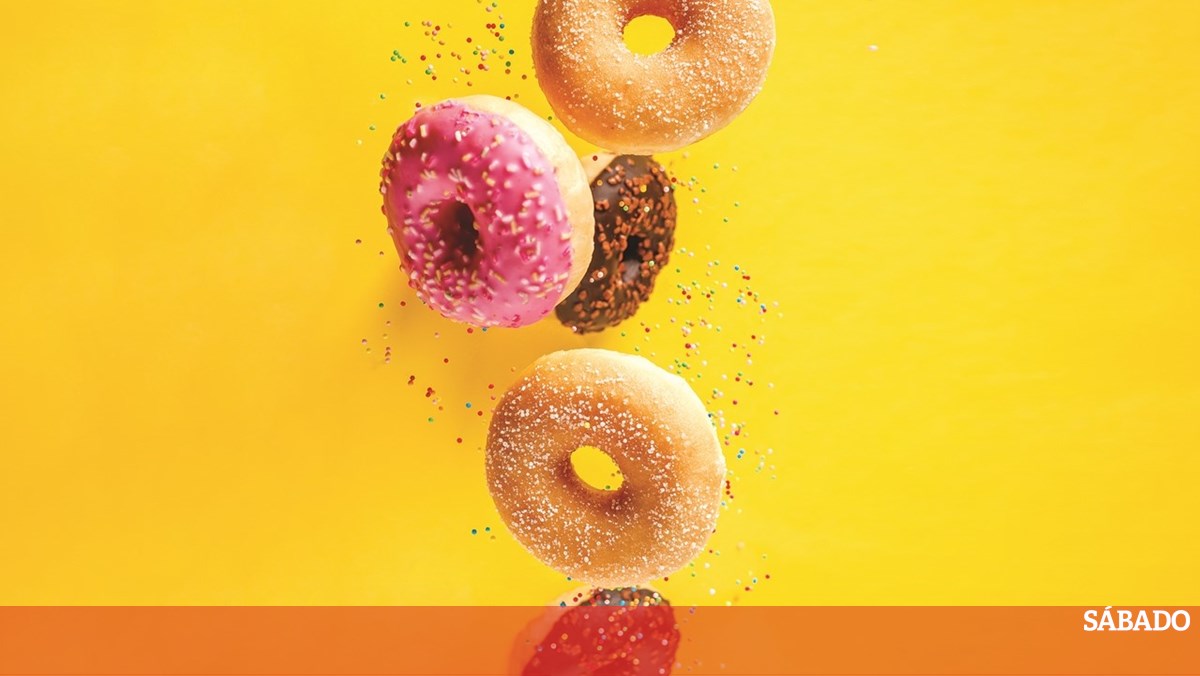Many companies have developed ways to get rid of sugar after you eat it, whether through enzymes or combinations of fibers that act like a sponge.
The British company wants this type of food, such as cereals and cakes, to already contain the enzyme by 2026
In November 2023, a San Francisco-based startup, called Biolumen, launched a supplement called Monch Monch, which ensures that one gram of this product can absorb six grams of sugar – with each sachet containing four grams. According to the company, the product is effective in absorbing three types of sugars: glucose, sucrose, and fructose. The least attractive price: about 138 euros per month, adhering to the recommended dose of two sachets per day. The company's idea is that in the near future the food industry will be able to incorporate the contents of the bag into its products – as an ingredient.
The product in question consists of a blend of three types of fiber combined: cellulose, carrageenan, and konjac gum. It is assumed that consuming soluble fiber in a meal reduces blood sugar levels, because it acts exactly like a sponge, but this is not new. “For example, konjac gum has been used for a long time as a weight loss and appetite-reducing supplement, although it has very limited results,” says Gabriela Ribeiro, MD, professor of nutrition and metabolism at New College of Medicine.
The expert confirms the benefits of eating fiber for health – and even to prevent some diseases. However, he believes there is a “slightly far-fetched” marketing strategy here, and that the benefits of the substance cannot be used as a license to eat bad food. For many reasons. “First, many foods high in sugar are also high in salt and fat, ingredients that do little to help manage our weight and health,” he warns. Another justification relates to physiological mechanisms that indicate that this type of food is attractive and beneficial. “Sucrose stimulates receptors on the tongue that quickly send reward signals to the brain, even before these sugars reach the stomach. “It's what makes you want to eat more food,” explains CUF Descobertas Hospital nutritionist.
Converting sugar into fiber
In short, the problem cannot be solved with a bag of fiber. “This is at best just a band-aid,” he compares. However, this is not the only product that has been developed with the aim of eliminating sugar after eating it. There are those who follow a different strategy: converting sugar into fiber in the intestines, through enzymes. How researchers from Wyss Institute for Biologically Inspired Engineering, from Harvard University, who, in partnership with the Kraft Heinz brand, developed a method to deliver the enzyme naturally found in plants to the intestines. “This enzyme has the ability to reach the stomach intact because it appears to be encapsulated, and only when it reaches the intestine does it expand and affect the sugars in the food,” explains Gabriela Ribeiro.Also in the UK, a startup called Zya has tested a substance (also an enzyme) that converts sucrose into a soluble fiber called inulin. The company's idea is to add the enzyme directly to foods, such as cereals and other processed foods. Preliminary tests have already been conducted on pigs, with good results – they indicate that about 30% of sugars are converted into fiber – and human trials are planned.Gabriela Ribeiro believes that these new technologies could be promising in theory. “If you could turn simple sugars into a fiber component that has benefits, that would be a very interesting idea. Now, putting it into practice is, at the moment, a little bit further from reality.” Despite it being quite controversial in the community Because they are a carte blanche for abuse, these new products do not pose any major risks. “There are not many safety problems because some of these fibers are regulated as a supplement, as is the case with konjac,” says the expert.The only aspects to be concerned with are water consumption – “because some of it acts as a condenser” – and the claimed benefits. In fact, there is still no evidence that it works. “The clinical trial being conducted using this blend of fibers [referida no início do texto, o Monch Monch] “It's not even published,” Gabriela Ribeiro draws attention. He concludes that even if its potential were proven, it would not solve “even a tenth of the problem.”
To continue reading
Electronic signature
€6.99 per month
- Unlimited access For all exclusive articles on all platforms
- Early access to Electronic paper On any device
- Newsletters Exclusive
- Audio material Reserved for subscribers
- Offers and benefits In products and services selected with you in mind.
To continue reading
Electronic signature
3 months for 3 euros
- Increase your information quotient. Access all exclusive articles on the site and get… All benefits Be a subscriber on Saturday
subscribe now

“Wannabe internet buff. Future teen idol. Hardcore zombie guru. Gamer. Avid creator. Entrepreneur. Bacon ninja.”

